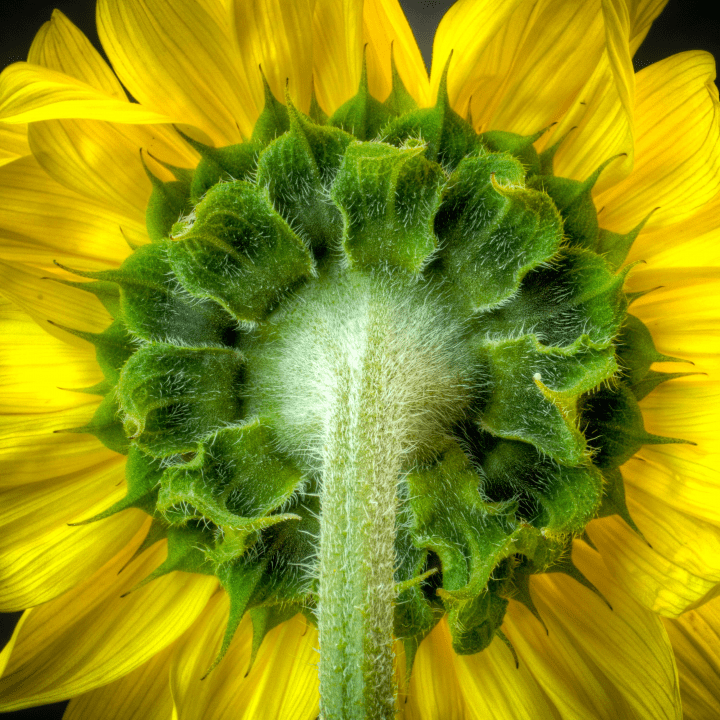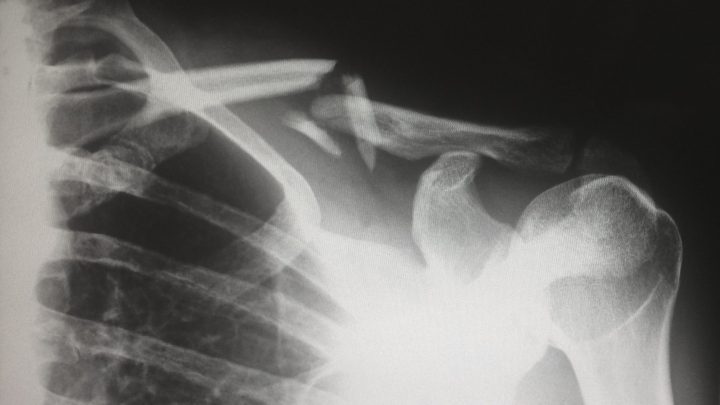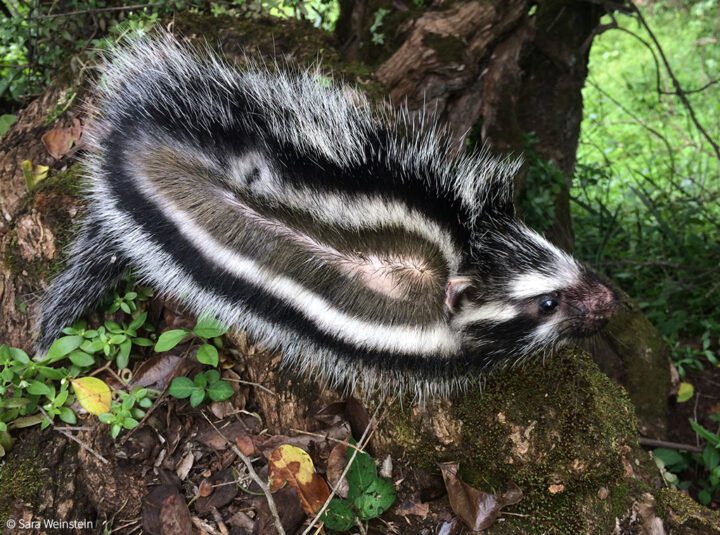Distribute Liquids
Liquids include water, as well as body fluids such as blood, gastric juices, nutrient-laden liquids, and more. To survive, many living systems must move such liquids within themselves or between locations. Because of their properties, liquids tend to disperse unless they are confined in some way. To address this, living systems have strategies to confine fluids for transport, and to overcome barriers such as gravity, friction, and other forces. Some of these same barriers also provide opportunities. Trees and giraffes face the same challenge: how to move fluids (water and blood, respectively) upward against gravity. But their strategies are quite different. The tree moves water using capillary action and evaporation, possibly due to water’s properties of polarity and adhesion. The giraffe’s tight skin provides pressure to assist in blood circulation. and keep blood from pooling in the legs.
Manage Compression
When a living system is under compression, there is a force pushing on it, like a chair with a person sitting on it. When evenly applied to all sides of a living system, compression results in decreased volume. When applied on two sides, it results in deformation, such as when pushing on two sides of a balloon. This deformation can be temporary or permanent. Because living systems must retain their most efficient form, they must ensure that any deformation is temporary. Managing compression also provides an opportunity to lessen the effects of other forces. Living systems have strategies to help prevent compression or recover from it, while maintaining function. For example, African elephant adults weigh from 4,700 to 6,048 kilograms. Because they must hold all of that weight on their four feet, the tissues of their feet have features that enable compression to absorb and distribute forces.







